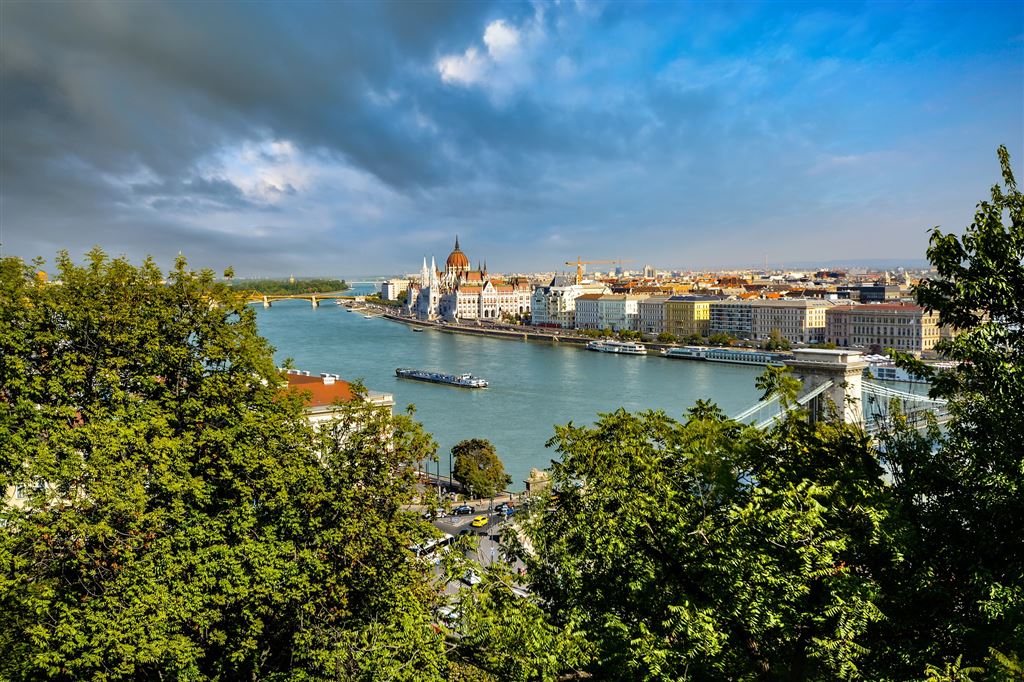
A city formed by the amalgamation of two separate cities, Buda and Pest, modern Budapest is Hungary’s capital. The striking feature of Budapest is its youthful vibe that blends perfectly with its world famous classical music scene and vibrant nightlife. Added to this mix are the scenic landscape and striking architecture, consequently giving Budapest the nickname of ‘Paris of the East.’ This European city is a UNESCO World Heritage site owing to its cultural and architectural contribution by the Banks of Danube, Andrassy Avenue, and the Buda Castle. Below are some fascinating points of interest and facts about Budapest.
10 Budapest Points of Interest
1. Buda Castle Hill
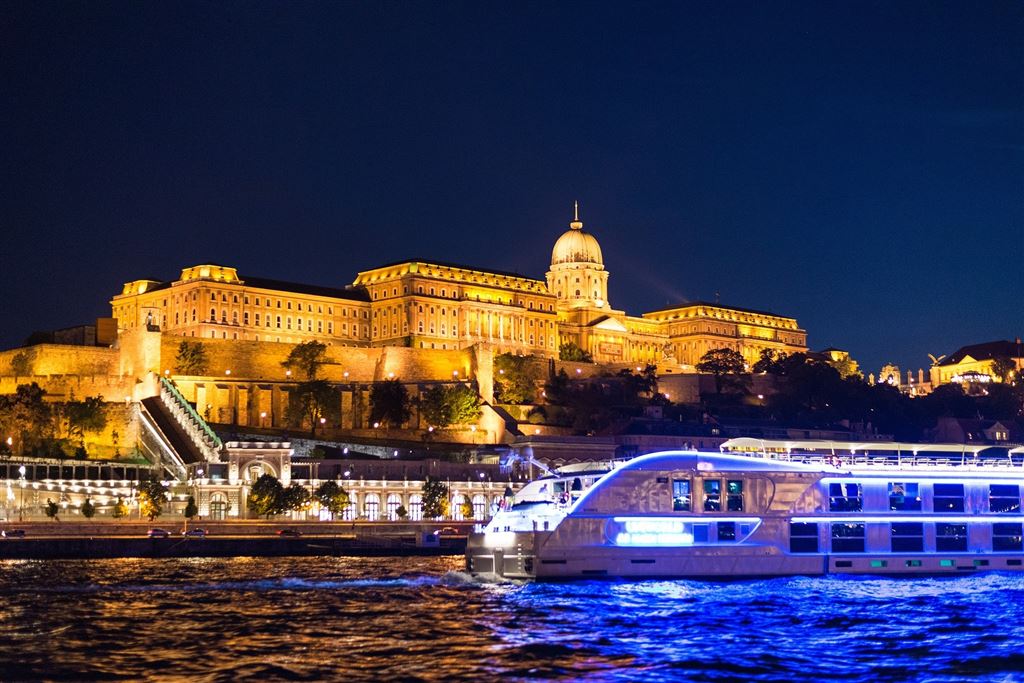
Buda Castle Hill is a World Heritage Site and is the primary landmark of Budapest. It is seen from any part of the city. There is so much to see in this magnificent castle that travelers have to spare an entire day for it. Walking on the cobblestone streets of Castle Hill, visitors can breathe in the air of history. The Matthias Church, underground Labyrinth Castle, Museum of Music History and Telephony, Fisherman’s Bastion are some the attractions of Castle Hill that can be all visited on foot. Another way to see them is by funicular, the hillside cable railway. The cable car carries visitors up the steep hill, from the banks of the Danube River offering panoramic views of the city and river.
2. Chain Bridge
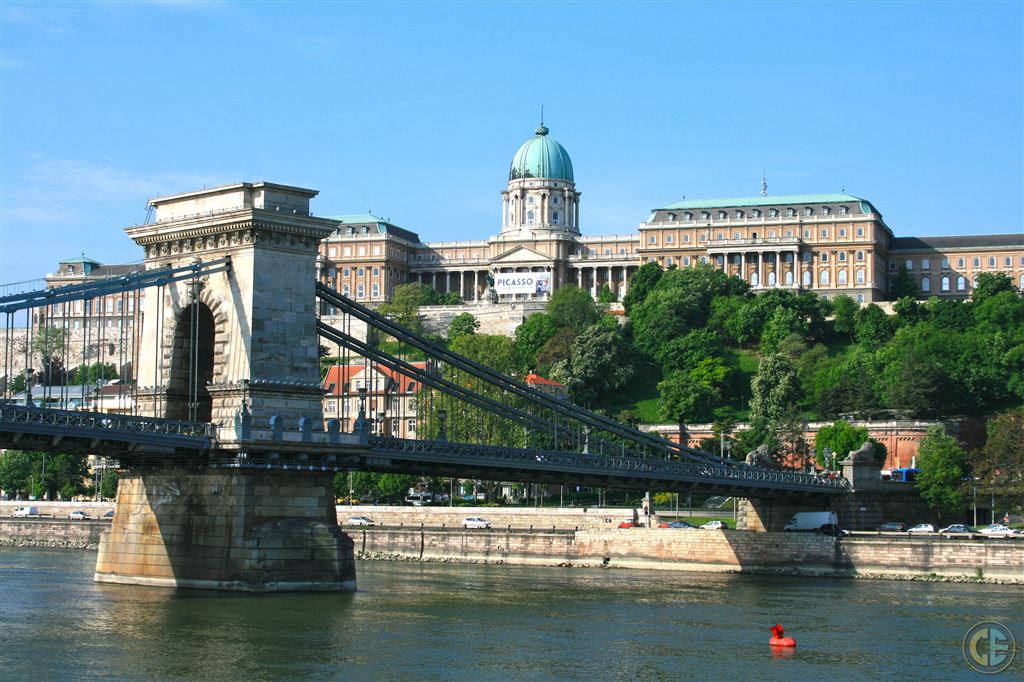
The Chain Bridge built between Buda and Pest was the first to connect the two cities permanently. Before the bridge was built, there was merely a pontoon bridge that could be used only from spring to autumn and never in winter when the river froze. The Chain Bridge is so spectacular that it was considered as one of the wonders of the world at the time of construction. A walk on the bridge offers beautiful views during the day. At nights the bridge comes alive when it is all lit up. In summers, festivals are held on the bridge every weekend.
3. Budapest Opera House
Considered to be one of the most esteemed musical institutions in Europe, the Budapest Opera House dates back to 1880. It has incredible acoustics which has come to be regarded as one of the best in the world. Guided tours of the Opera house are offered in various languages during the day where travelers can learn about the impressive architecture. The evenings are reserved for world-class performances.
4. Budapest Parliament Building
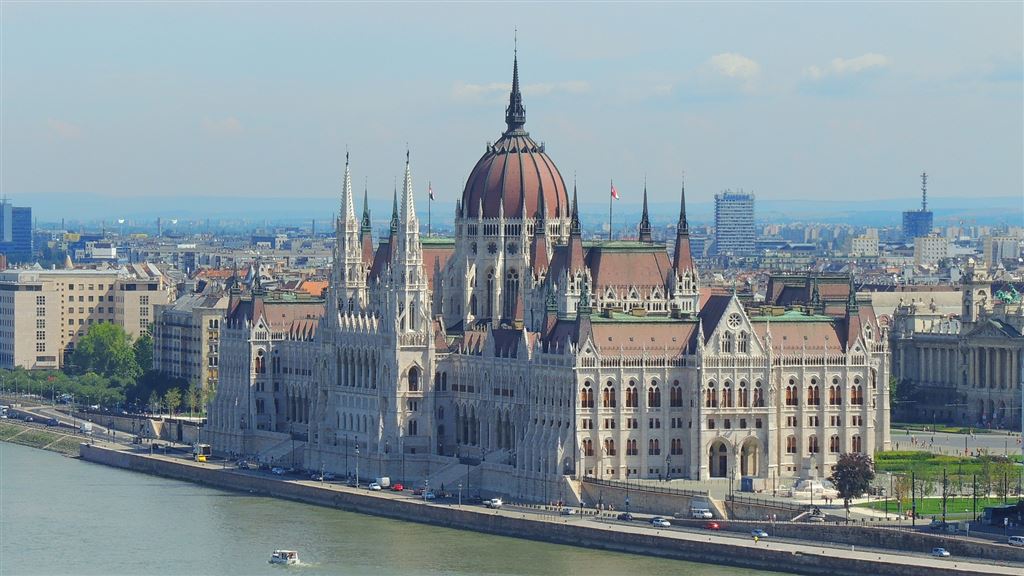
The Parliament building in Budapest is the third largest one in the world. It covers nearly 18000 square meters and has about 12 miles of stairs and is around 315 feet high. The portico of the building has approximately 90 statues, and it is believed that an astonishing 40 kilograms of 23-carat gold were used in decorating the interior of the building. The building is home to the Hungarian Crown Jewels. This Neo-Gothic style parliament building is a must visit.
5. Great Synagogue
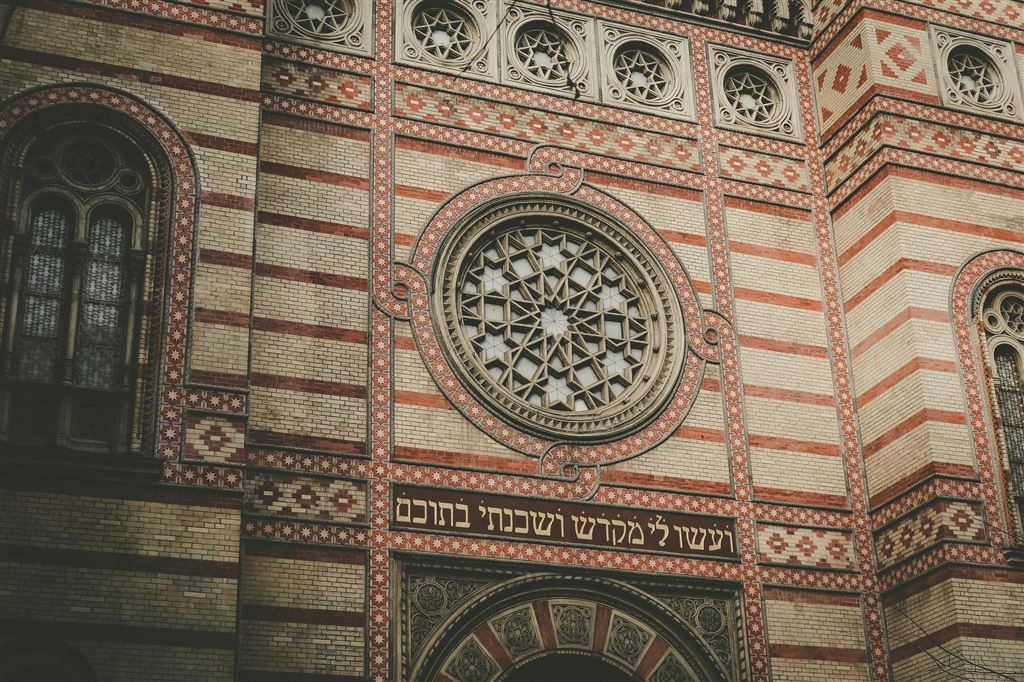
Also called Dohany Street Synagogue by locals, this synagogue is the second largest in the world and the largest in Europe. It can accommodate around 3000 people. Its historical significance, particularly in connection with the Holocaust, makes the visit unforgettable. The buildings to visit in the courtyard of the Synagogue include the Jewish Museum, the Jewish Cemetery, the Heroes’ Temple and the Raoul Wallenberg Memorial Park.
6. Gellert Hill
Gellert Hill, on the banks of Danube area, is marked as a World Heritage Site. It has residential homes and embassies beside the roads snaking up the hill. Visitors throng the Gellert Hill for the splendid panoramic views of the city. The city of Budapest seems to come alive from atop the hill. Travelers can mark the places they want to visit in the city from here as they would do on a map. In addition to the view, people visit the Citadel, which is a fortress, Budapest’s Statue of Liberty and the Gellert Hill Cave Church.
7. Central Market Hall
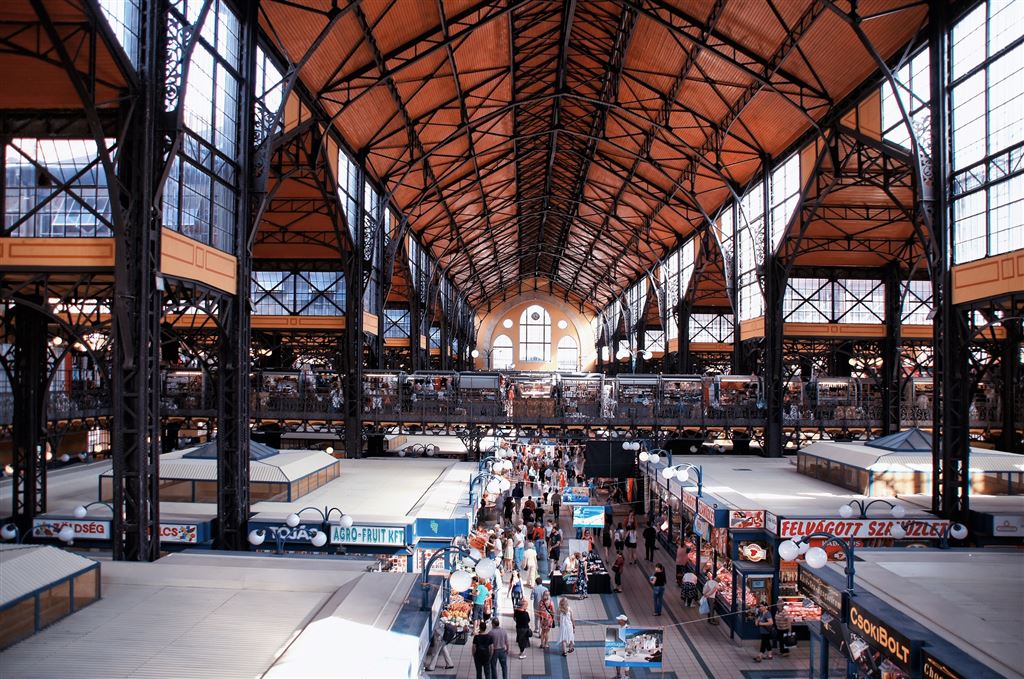
Central Market Hall is a multistoried indoor market and the largest in Budapest built in the 19th century. The building houses products from fish to clothing under its roof. The architecture of the Central Market Hall also draws people to it. The roof is metallic and has decorative Zsolnay tiles. Food and cuisine of a foreign country featured on Fridays and Saturdays is another attraction of this market that is irresistible to even celebrities and foreign dignitaries.
8. Andrassy Avenue
Built and inaugurated in 1885 to connect the city center with City Park, Andrassy Avenue is yet another World Heritage Site. The avenue was considered a masterpiece in its time, and hence public transport was not used here to preserve area's originality. The Millennium Underground Railway was built underneath instead. Home to many Neo-Renaissance palaces and residences of noble families, Andrassy Avenue, is today a chic place with stores of many designers, posh restaurants and cafes occupying its streets.
9. Thermal Baths
A visit to Budapest cannot be complete without a soak in one of its 100 thermal baths. Heated by natural springs, there are many different baths like Szechenyi Baths, Gellert Baths, Rudas Baths, Kiraly Baths, to name a few which cater to various moods of the tourist. Onsite massages and steam baths are a major hit in the ‘City of Spas.’
10. Budapest Broadway
The Pest theatre district is fondly referred to as Budapest Broadway. It comprises of four theatres, two galleries, great restaurants and a nightclub. The place is always bustling thanks to the theatre fans thronging Budapest.
Interesting Facts about this Fascinating City
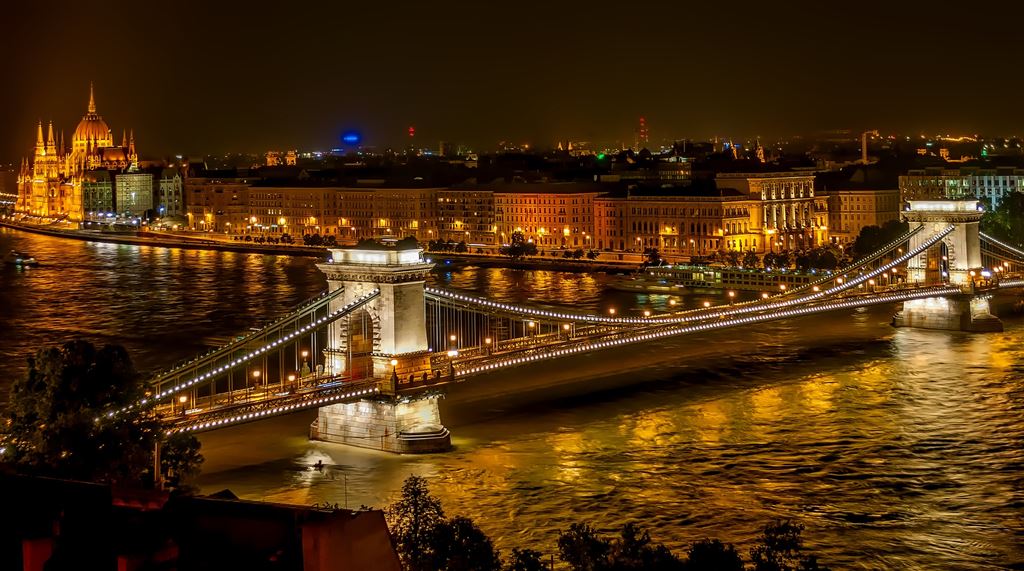 Budapest and the Szechenyi Chain Bridge at Night
Budapest and the Szechenyi Chain Bridge at Night
- Budapest has an incredibly large number of natural thermal springs; possibly more than any other capital city in the world. The amount of thermal water that rises to the surface every day is an astounding 70 million liters! These hot springs have triggered many relaxing medicinal baths and a bathing culture that was integral in the Roman times.
- Budapest possesses the oldest underground train system in Europe, after London. It is called as the Millennium Underground because it was inaugurated in the year when Hungary celebrated its thousandth anniversary. The subway connects the city center with City Park.
- The parliament building of Budapest is the third largest building in the world. It spreads over an area of 18000 square meters.
- Budapest has the largest synagogue in Europe and the second largest synagogue in the world.
- The inventor of Rubik’s cube, Rubik, and the inventor of Biro pen, Biro were born in Budapest.
- Budapest created history with its ‘Ruin Bars,’ which arose from abandoned houses. These houses were given life with basic street decorations and are today a regular place for parties and concerts.
- Budapest is home to over 100 museums and galleries and around 40 theatres. These accommodate year-round events, concerts, and festivals.
- The northernmost holy place of Islam, the tomb of Gul Baba, is in Budapest.
- Budapest hosts one of the largest music festivals in the world, the Sziget Festival in August, with over 400,000 people attending it.
- Budapest is the most prominent city in Hungary, and about 20 percent of the population of Hungary lives here.
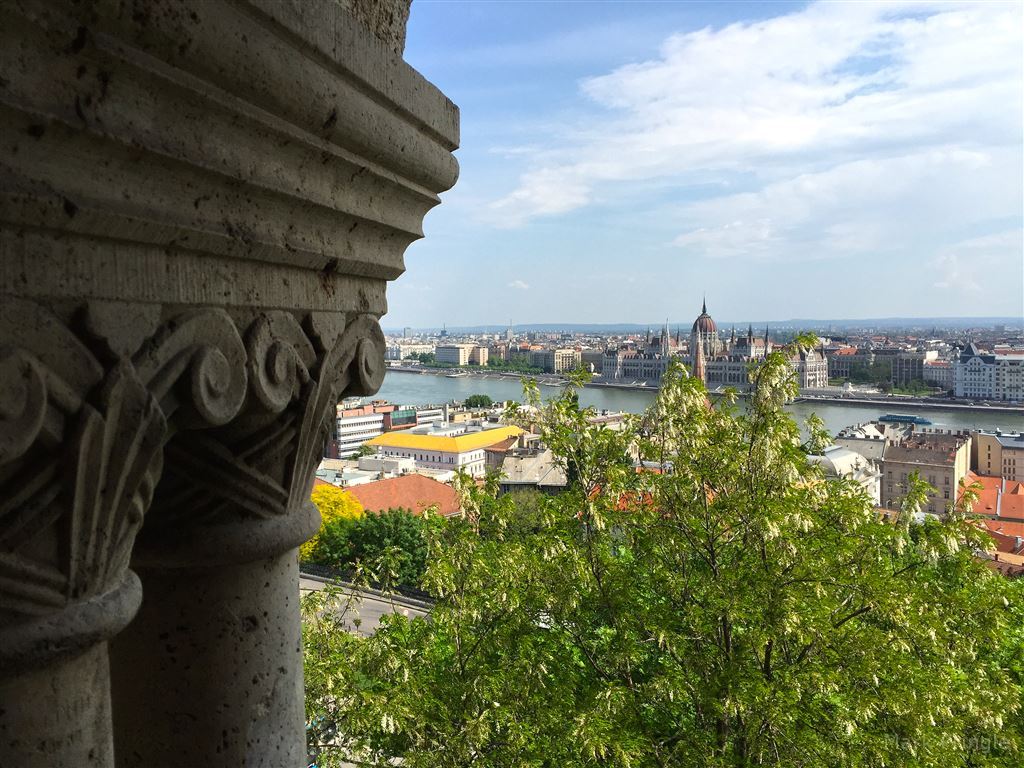 View from Budapest Castle Hill
View from Budapest Castle Hill
Budapest Travel
Travel to Budapest may not cause as much dent in your pocket as traveling to its neighboring cities will. The accommodation is value for money, and so is the food with the Ruin Bars coming to the rescue of many a budget traveler. Traveling to Budapest is one big party; there is always plenty of entertainment going on with the various music, cultural and art festivals. The city is well connected with the metro making commuting easy. The many attractions combine the old with the new, and the thermal baths for the spa encounters make travel to Budapest a great experience.
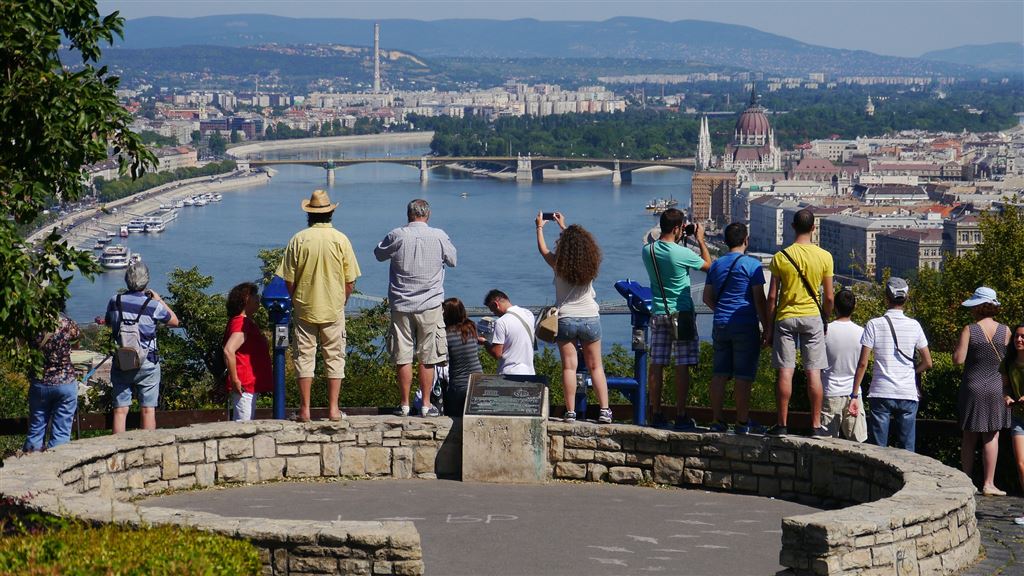
Every city in the world has a unique side to it; history, culture, entertainment. In Budapest, you will find all these and more.